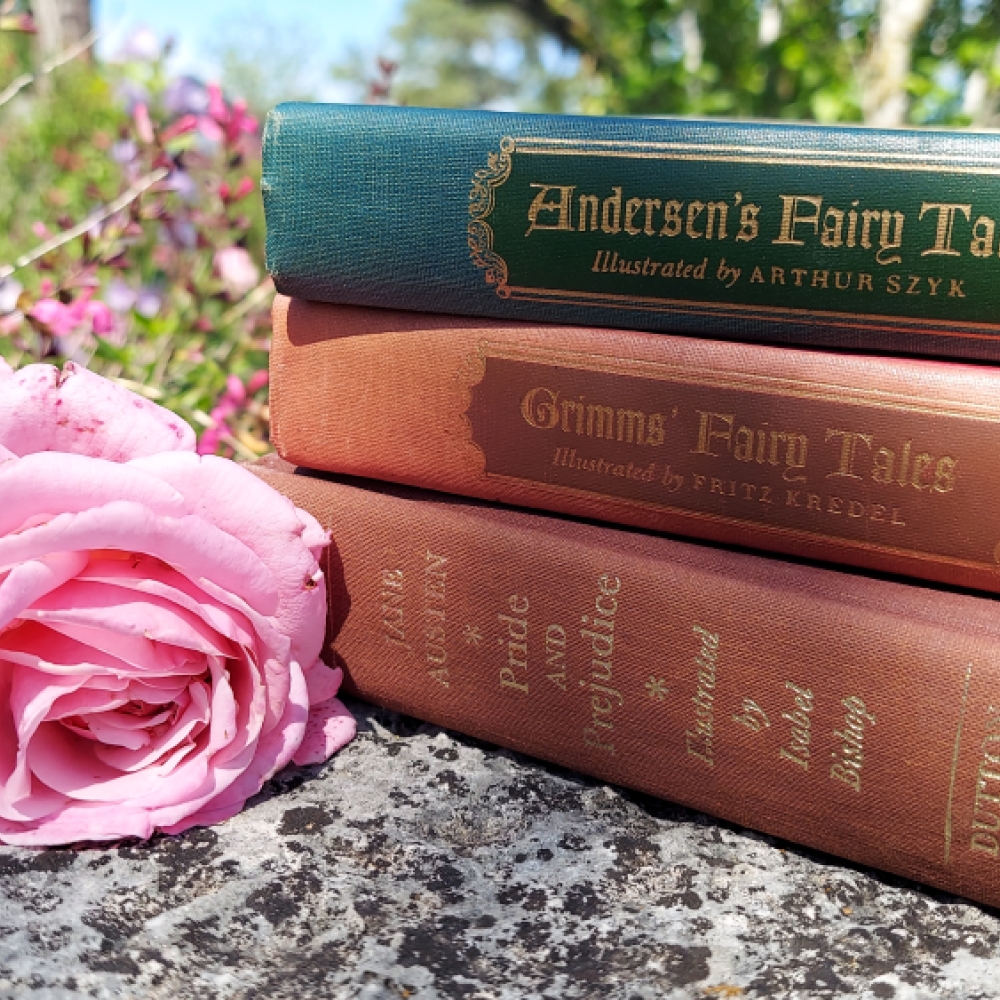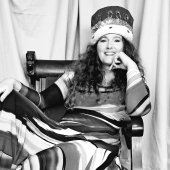Growing up, my mom read books to me and my siblings every day. Besides the typical fairy tales, she read Pride and Prejudice aloud, and we watched every film adaptation ever made. Her example led me to become a voracious reader. As an adult, I gravitate toward genres similar to those I grew up with.
After consuming numerous fairy tale retellings, I recently devoured several Jane Austen fantasy variations and the different labels got me wondering. What is the difference between a retelling, a variation, and an adaptation? How do the words “inspired by” fit in?
I enjoy semantic gradients, so I did a little research and found a lot of confusion. Many people use the terms interchangeably, and there are some differences in terms when discussing movies versus books. From a literary standpoint, I came up with this continuum from most to least faithful:
A retelling retains most of the original plot and elements. The Midnight Prince, Angie Grigaliunas’s contribution to the Once Upon a Prince Series, keeps the important parts of the original Cinderella fairy tale while turning it into a much longer story. Tara Grayce’s Elf Prince retells her own Fierce Heart from another character’s perspective with new scenes and dialogue but the same story.
An adaptation changes the story from one medium to another. For example, a book can be adapted to a play or a movie; into Braille, audiobook, or graphic novel; or into a different setting or genre while staying true to the original storyline. This term refers less often to books than to other media. I have no books in my library that self-describe as adaptations.
A variation or reimagining takes only a few recognizable elements, often only the main characters, and turns it into something completely different. Dangerous Magic by Monica Farview is marketed as a fantasy variation. It takes the familiar characters of Elizabeth and Darcy and places them in an entirely different plot containing one of the most unique “marriage of convenience” justifications I have ever encountered. Maria Grace’s Jane Austen’s Dragons series also fits here.
Books “inspired by” another story take a theme or idea and change it almost entirely. Kate Stradling’s Deathmark was loosely inspired by L.M. Montgomery’s Blue Castle. While it contains several nods to L. M. Montgomery’s classic, the “marry me because I’m going to die” trope is really the only similarity.
Whatever the description, I love revisiting my favorite stories in a new form. What are some of your favorites in any of these categories?


Comments
Good Points...what about parodies?
Thank you for the article. I like to know how faithful a book (or TV show, or movie, etc.) is to the original. Of course, people should be free to do as they will (copyright allowing) but I like to know upfront about it. I like your classifications.
I wrote a Pride and Prejudice parody some years ago (Pied and Prodigious) and wonder where parodies would fit on your scale? They tend to be faithful to the storyline but not entirely the spirit :)